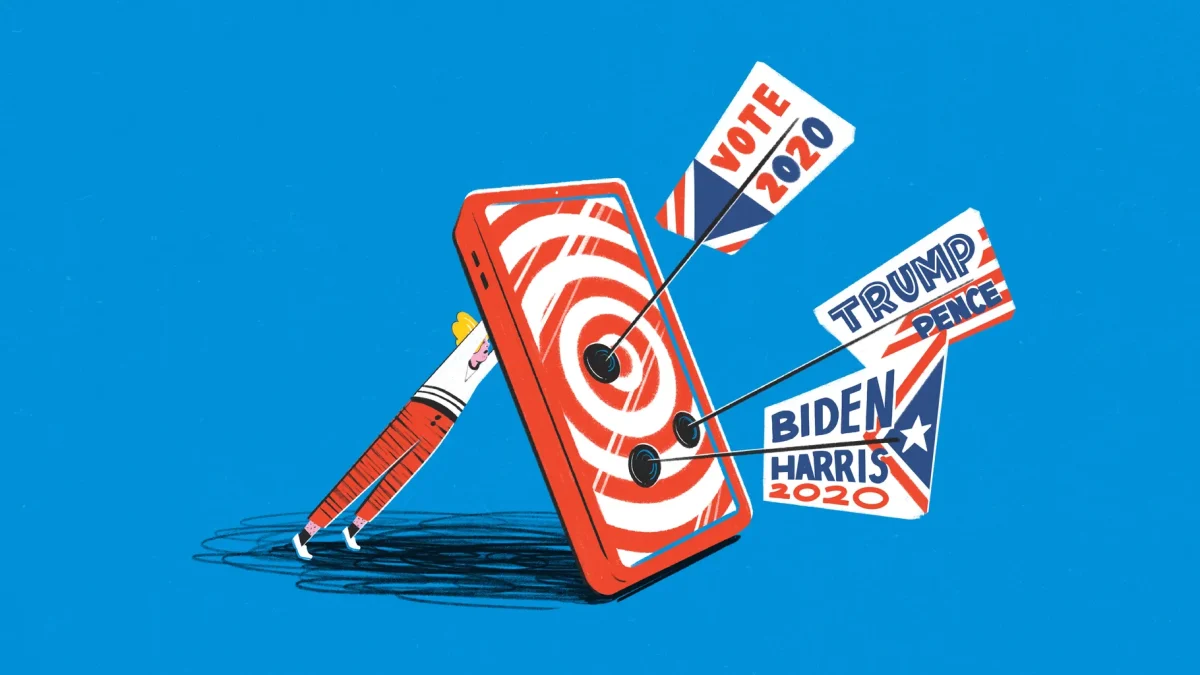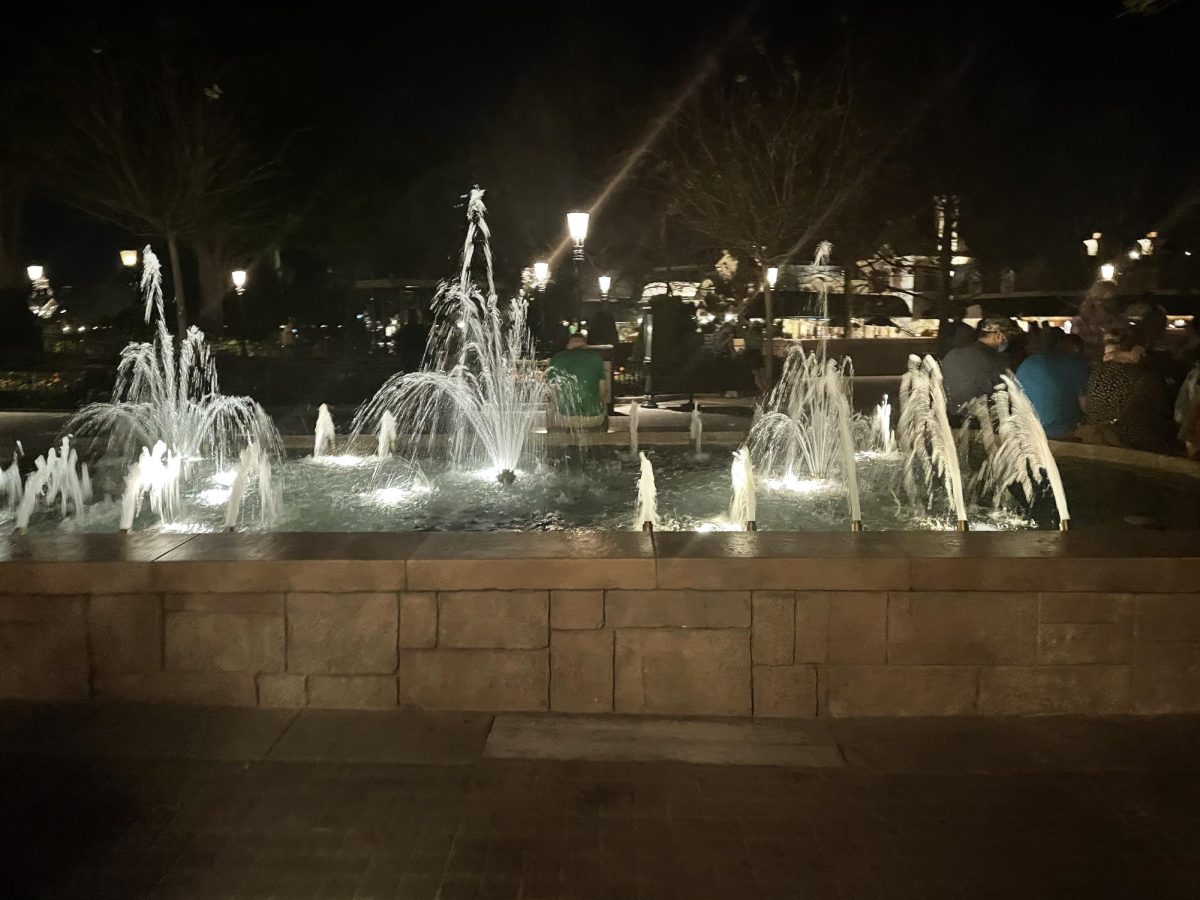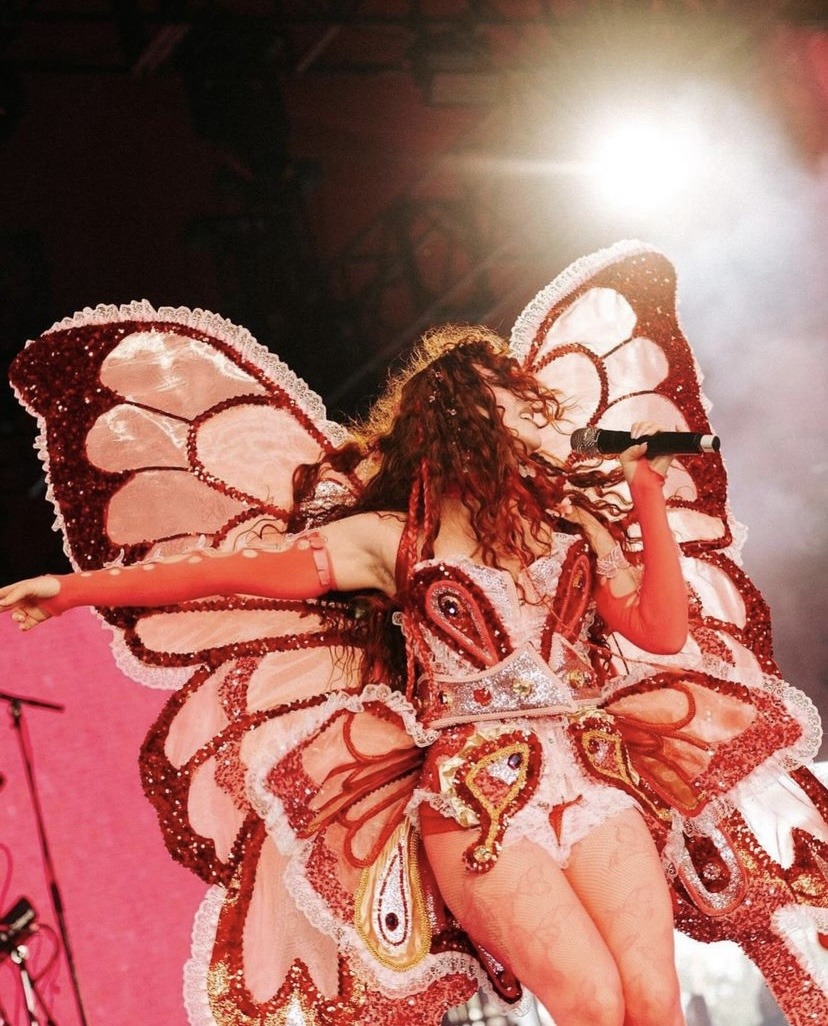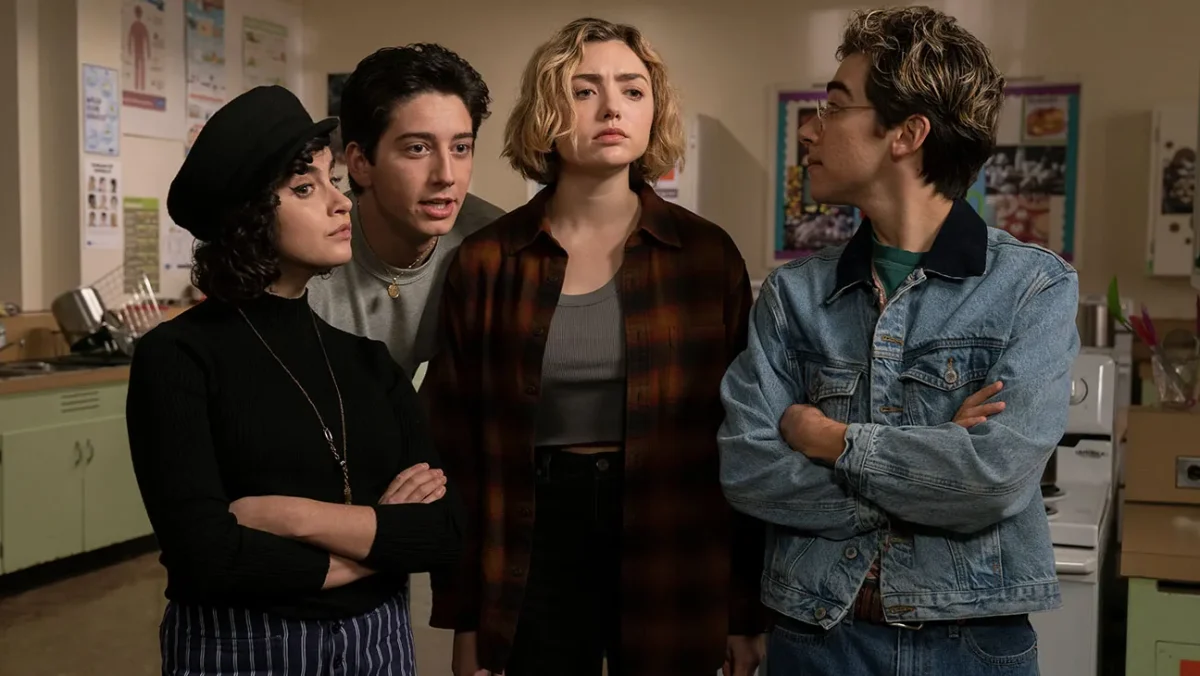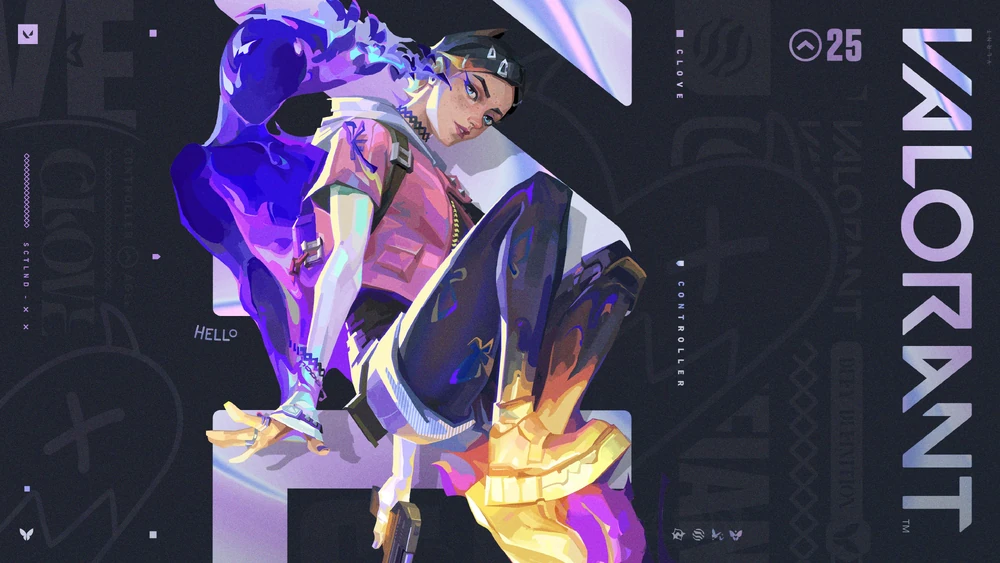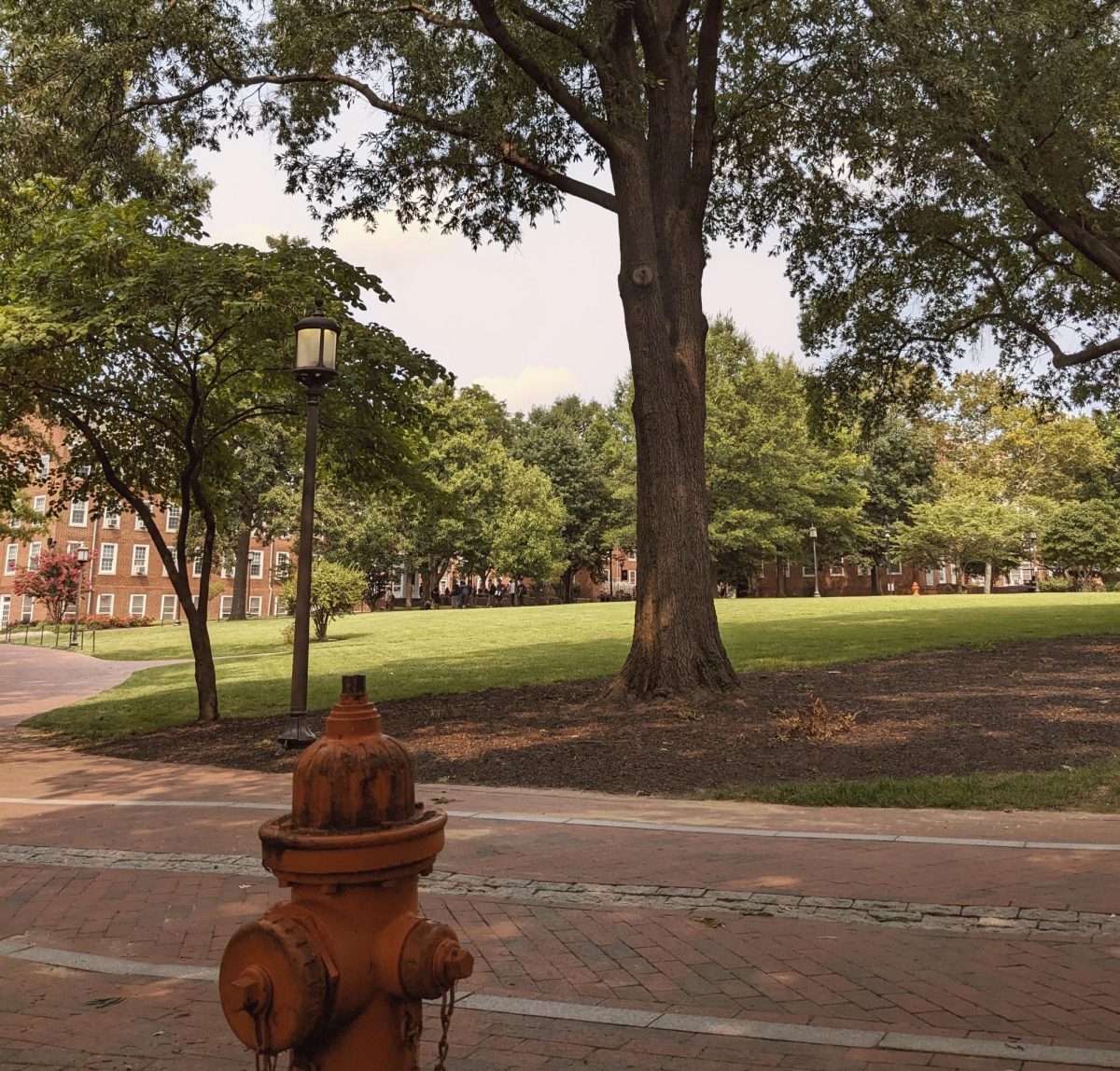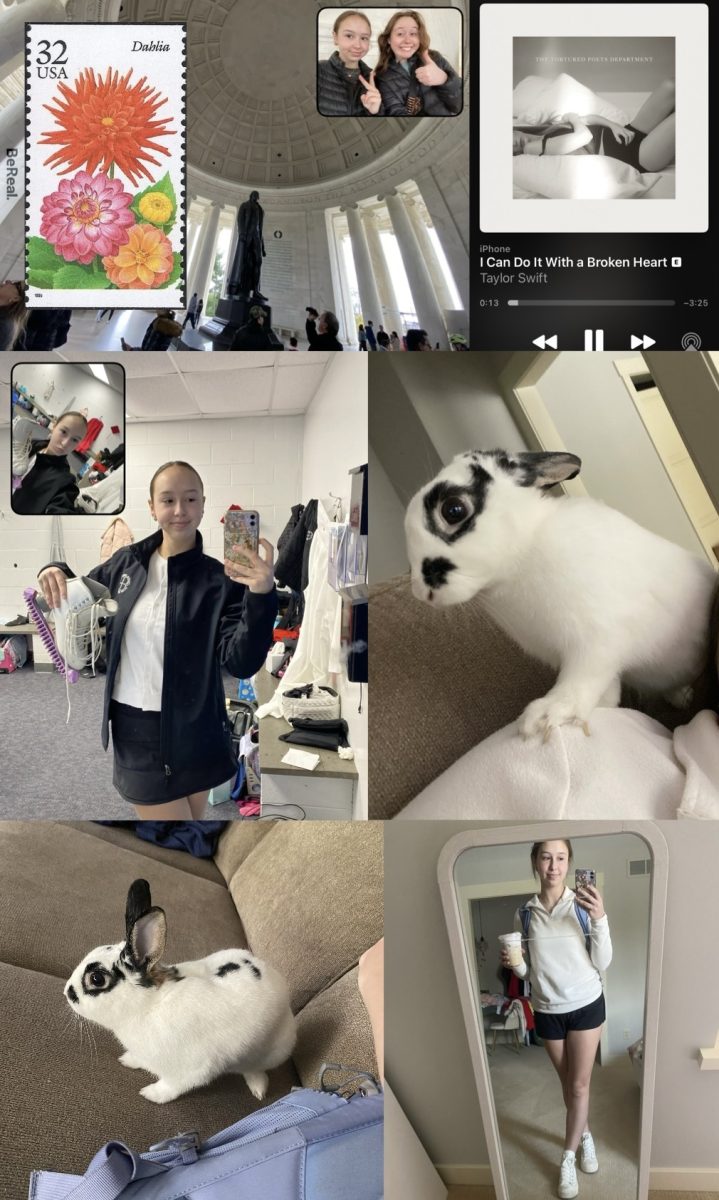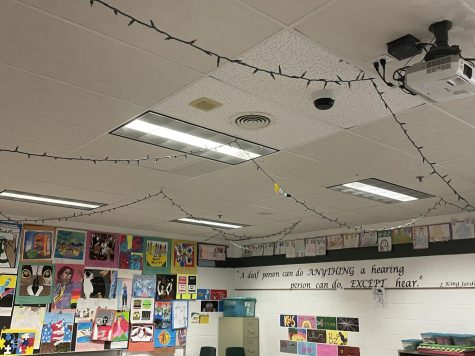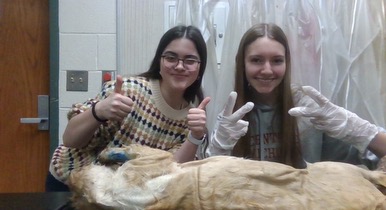
A moment of crucial decision has been put upon the students of room 231; it is a moment of no return.
It is the moment to crown each of their cats with a name, a yearly tradition to welcome the euthanized cats to each partner’s “family” before the human anatomy students begin to dissect them. After hearing name after name after name for the cats over the years, there is one particular that stuck out more than any other to Human Anatomy teacher Chad Scholten—a name after an infamous man.
“It was Adolf Kitler because they wanted to kill it anyways,” Scholten said, “so that was the one that currently sticks in my mind. That’s probably inappropriate, but I can see why they call the cat that because now it was okay for them to cut into and remove parts of the cat. That was probably the most creative one. There have always been ones that have had different names, usually named after men for whatever reason.”
While getting the ability to name their cats whatever fun or random name those taking the class desired was a funny and memorable way to start off the unit, it is merely one of many to come. However, whether or not those moments that the students are looking forward to are mixed.
The premise of the project follows that of students being assigned a previously euthanized cat. Then, over the course of several weeks, the students slowly dissect their cat—exploring the different conditions of the cat, the muscles, and the organs.
For junior Natalie Moore, her love of cats impedes her desire to have to cut open the cat, and more so on having to touch it; however, it is a process that has slowly become tolerable. Even so, there are still moments that she is looking forward to in this project, namely the chance for her to see the organs inside the cat.
“I love cats,” Natalie said. “That’s why I’m making [senior] Meghan [Bonney] do most of it because at first when I start [interacting with the cat], I don’t like touching it because it can be a little wet; it’s just uncomfortable. But once you get used to it, it’s fine. I make Meghan take care of it, and then if she needs help, I’m like, ‘Yeah, sure.’ But the more you do it, the easier it becomes. But [seeing] the organs, I’m really excited for that. [Senior Eva LaBeau] did tell me that if you get done early, you can open and see its brain. I really want to do that.”
Even though having to cut open the cats has garnered many mixed reactions and feelings, there is one thing that the project has brought unanimously: a sense of closeness within the class. Although there are only two students to every cat, it hasn’t meant that people have isolated themselves to only working with their partners; rather, the project has led to a collaborative environment throughout the class.
Whether it be working together to decrypt confusing instructions or swapping pictures with groups whose cat’s gender is opposite from theirs, junior Reagan Larson found that in the year she had previously taken human anatomy, it was in this project that she became closer to many people.
And it’s fun because you recognize things and you open it up and you’re like, ‘Oh, that’s the stomach. That’s the kidneys.’ You can see that you’ve learned.
— Reagan Larson
“It’s a very weird experience cutting into a cat,” Reagan said. “You become friends with everyone because someone’s cat will be having a bad day; you have a bad day with your cat when you can’t get things to work. So then, you have to work with another group. You also work together to figure things out. You’re given a lab manual, and you read instructions, [but] it’s not always straightforward. Then you start to work with the people around you because they might have found something that you haven’t. Or you have a girl cat, and they have a boy cat, and you have to have pictures of both.”
As fascinating and intriguing as being able to see the insides of a cat may be, the primary focal point of the project is to be able to compare the anatomy of the cats to that of humans: to study comparative anatomy. However, it is the interactive nature of the project that has made the information truly stick with the students.
While it is only the beginning of Natalie’s journey into dissecting her cat’s body, she can already begin to see how there will be correlations between the human anatomy and the cat’s anatomy. Through this correlation, she is better able to understand the function of each part.
“I feel like it will [help me to understand our anatomy],” Natalie said. “We haven’t really got to the muscle yet, but I feel like it will help me understand how different muscles function or how they work because the semimembranosus [muscle is] in your leg, and for the cat, it’s also going to be in their leg. I feel it will be very helpful, especially since it’s interactive learning.”
Although this project is one that this semester’s students are just now beginning, it is one that they have been building up to throughout the year. However, this preparation was done in a more traditional way by looking at pictures on paper and listening to lectures.
While some students may prefer the more traditional form of learning and others prefer the more interactive one, Reagan sees benefits in both—having experienced the traditional way her first semester and the interactive way through this project her second semester—especially when they are used hand-in-hand.
“We definitely needed both [the interactive and the more traditional types of learning,]” Reagan said. “The first semester is nice because it’s chill, and you learn everything because you have to understand how [different parts of the body] work. But then, once you know how the cat works, then you go and look at it. And it’s fun because you recognize things, and you open it up, and you’re like, ‘Oh, that’s the stomach. That’s the kidneys.’ You can see that you’ve learned.”
Through taking part in this project, students, especially those who are thinking about going into the medical field, can learn that handling animals and their bodies firsthand is either for them or it is not. Either way, at the end of it, they take away a new experience from it.
“I feel like if students want to go into medicine, physical therapy, or veterinary science, they want to be able to see what it’s going to be like before they may go in that field,” Scholten said. “And so, [doing this project] gives them a little bit of a preview. By putting your hands on the animal and having the texture of it and seeing how things work, there’s no replacement for the real thing.”
Looking back at all his years teaching human anatomy, he has watched as student after student goes through the same project with their cats, and each time, it is that sense of excitement from the students—a sense that he will never grow tired of.
“Everybody always gets excited [about the project],” Scholten said, “whether that’s anxious [or] excited, but they usually have some type of excitement to it. So nobody really ever is bored with [the project.] They might get kind of sick of it after a while, but I think just the fact that there’s energy in the room from students and there’s that excitement in the room when they come.”













